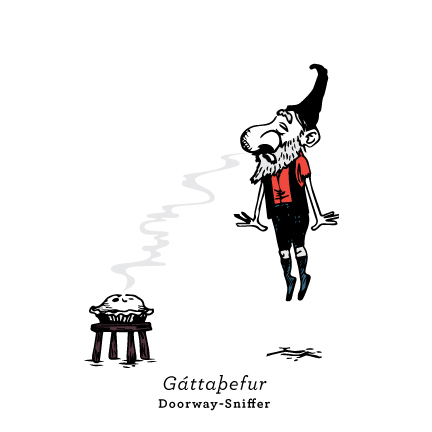Dartmoor is a national park in south Devon, 954 square km of moorland studded with granite tors. It’s an ancient place, long inhabited by hardy souls, and you can still find stone circles, the remains of Bronze Age settlements, among its hills and valleys. Little surprise then that a land with such a rich history, of such isolated splendour, should be absolutely seething with ghosts. Totally infested, it is. One time the Blair Witch visited for a holiday but left early because the place was freaking her out.
Let’s take a tour. It’s safe as long as you take Ernest’s hand, but whatever you do, don’t let go.
We’ll start with one of Ernest’s favourites, over at Postbridge on the B3212. Here, drivers of carriages, cars and motorcycles report their vehicles being forced off the road by the ‘Hairy Hands’, disembodied hands that grab the wheel (or handlebars or reins). The Hairy Hands often remain invisible, a sign of their supreme cunning.
Now let’s stop by the picturesque village of Chagford. The Three Crowns Hotel offers polite hospitality, a great restaurant and the ghost of Sydney Godolphin, a Cornish Member of Parliament who died on the front porch after being shot in the thigh with a musket during the Civil War. Most of the rooms at the Three Crowns have had a visitation or two, but then it is a very nice place.
Over to Beetor Cross, and there’s the highwayman who stands watching the road. Give him a wave and pretend you haven’t noticed the empty eye sockets. We won’t dally at Bradford Pool, because that soft voice calling your name won’t stop until you have drowned. And we’ll keep going past Cadover Bridge, because those sounds are from a battle between the forces of Cromwell and Charles I. Yes, those are the screams of the dying. It’s not very nice, to be honest.
Now, here we are at Chaw Gully. There’s treasure in the pit here, but see that raven? He’ll call to the guardian, should you try to reach it. No, you don’t want to meet the guardian. We’ll head over to Clasiwell, where at night a disembodied voice can be heard giving the name of the next local to die.
Watch your step
Slightly less depressing, though more dangerous, is Dewerstone Woods. Here, should you be caught alone at night, a huntsman will chase you to the highest peak, and when you fall, the hellhounds will be waiting for you. It’s not the nicest way to go, no.
Let’s zip by New Bridge – see the fairies who still live there? You can also catch them at Sheeps Tor – and go straight on to Dartmoor Prison. The jackdaws here contain the souls of dead staff, which I’d wager wasn’t in their original employment contracts.
Widecombe-in-the-Moor is one of the prettiest villages on the moor, though it wasn’t really the place to be the day the Devil visited. A man named Jan Reynolds had sold his soul for seven years of good luck, but when it came time to pay he took shelter in the village church. The Devil struck the church with lightning, and Jan and three others died in the fire.
Ignore Gibbet Hill – that’s the ghost of a murderer, ineptly hung, who eventually died of thirst. He’s begging for someone to kill him. More interesting is the stone circle at Lustleigh Cleave, where you can sometimes see the ancient inhabitants still going about their daily lives.
Pretty much anywhere on Dartmoor, of course, you could run into the black hound. This legend is the inspiration for Conan Doyle’s The Hound of the Baskervilles, and the most likely way you’ll see the hound nowadays is under the control of one Richard Cabell, who likes to hunt children with his devil dog. Perhaps best then to keep a child handy, just in case the situation should arise.










